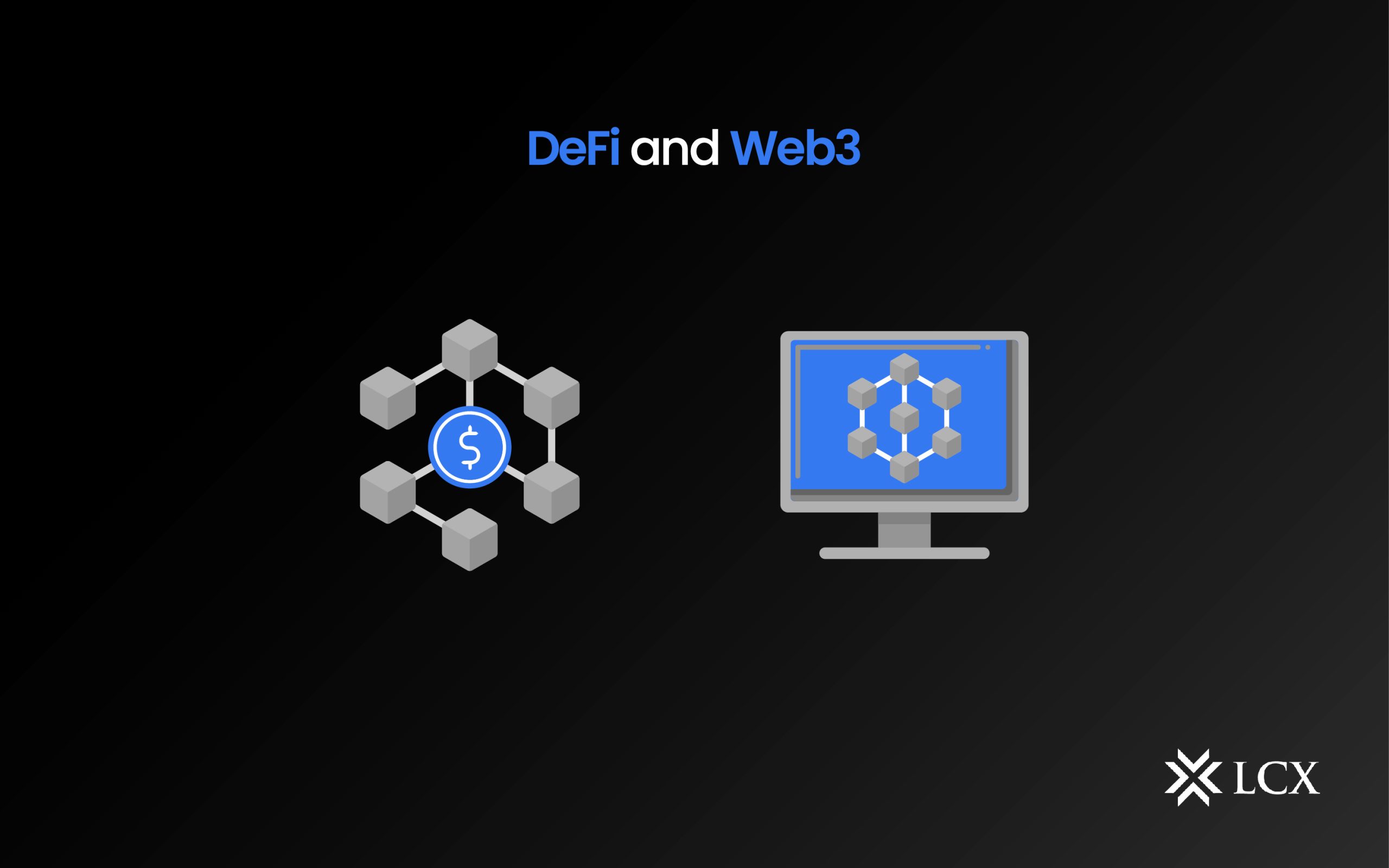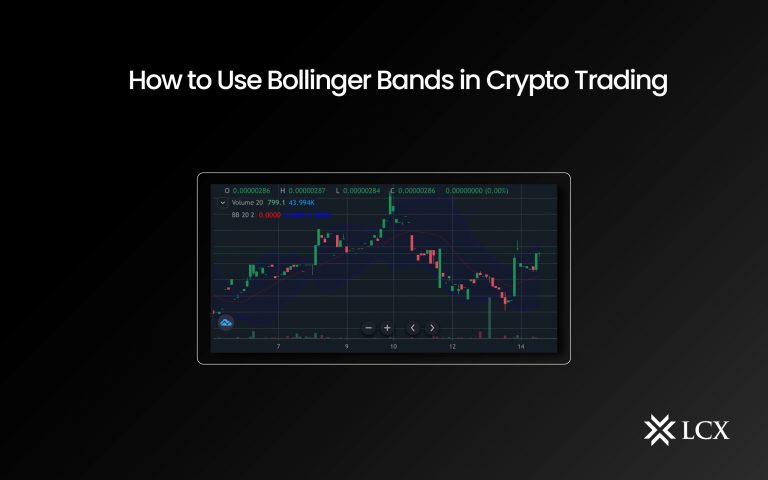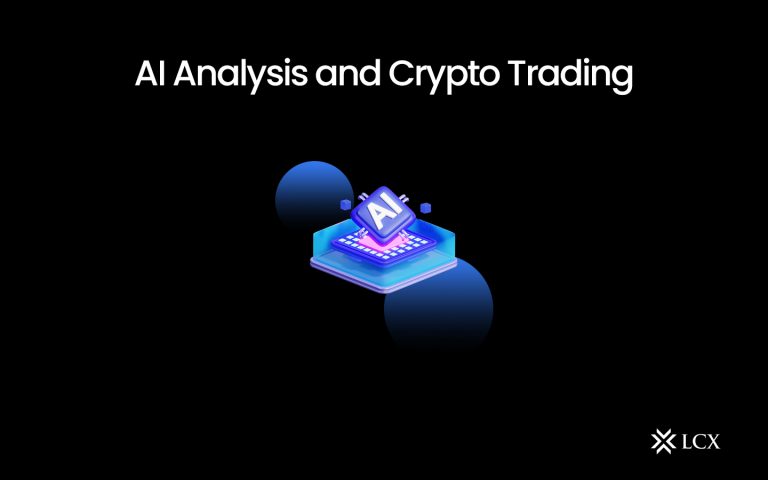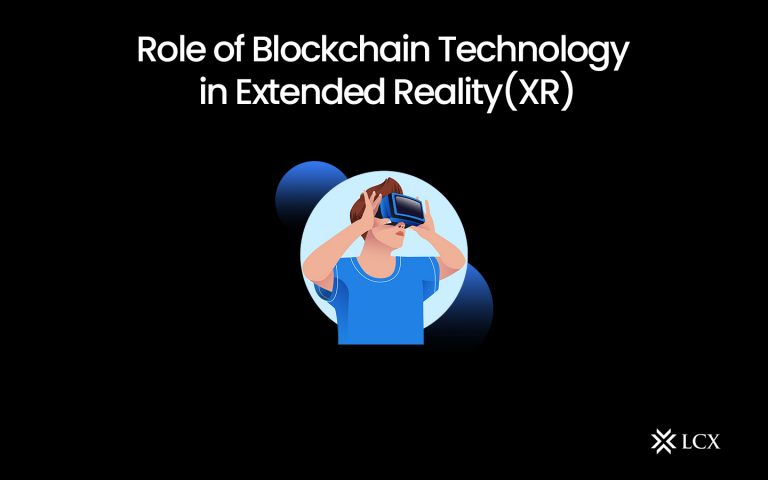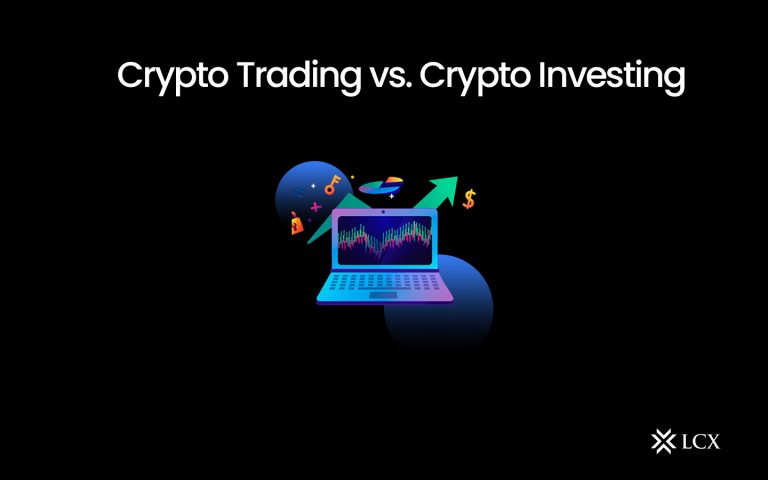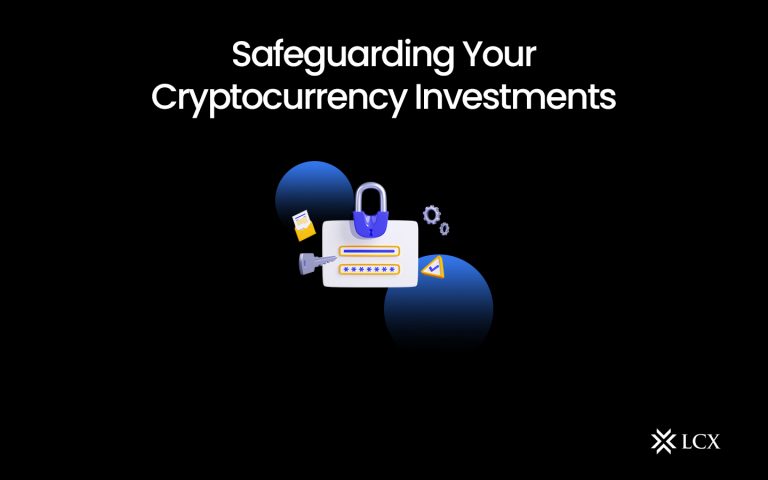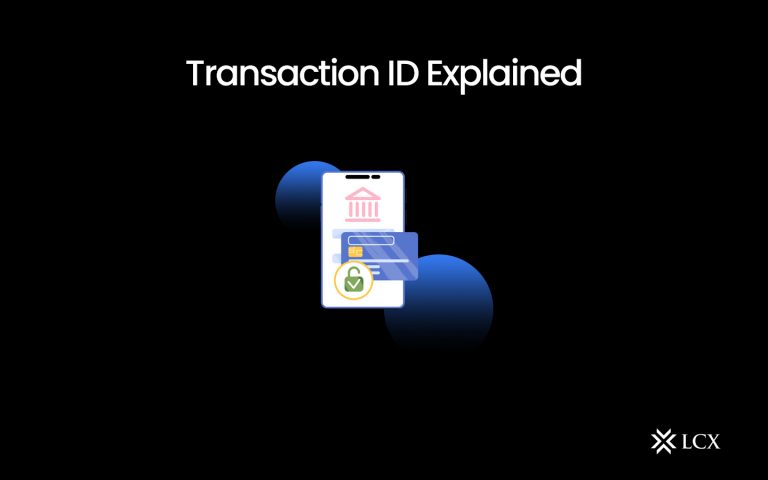Web3 refers to the paradigm shift or the next generation of the internet, built on top of blockchain technology. It aims to create a more decentralized, private, and secure internet owned and controlled by its users. In Web3, users own their data and have full control over how it is used and shared. Its applications are built on decentralized protocols and use smart contracts to automate transactions and interactions.
DeFi, on the other hand, is an emerging financial system within Web3 that offers a novel form of value and utility not found in traditional financial systems. Web3 is built on the internet, whereas DeFi is constructed on top of smart contract platforms such as Ethereum. DeFi is a new ecosystem of financial applications that operate on a decentralized blockchain network.
These applications aim to disrupt traditional finance by providing financial services that are accessible to everyone, regardless of location, wealth, or status. DeFi applications use smart contracts, self-executing computer programs that run on the blockchain, to automate financial transactions and eliminate the need for intermediaries. DeFi applications offer various financial services, including borrowing and lending, trading, insurance, and asset management.
DeFi and the decentralized internet (Web3) are essentially two distinct but related technological innovations. They both entail developing a decentralized and more secure version of the internet or finance than their centralized counterparts.
How Does Web3 Benefit DeFi?
Web3 technology improves the decentralized and secure nature of DeFi, facilitating greater trust, transparency, accessibility, and accountability in the financial system. Cryptocurrency’s popularity skyrocketing in the past few years has further sped up the process of development and innovation in the blockchain and Web3 spaces. Web3 is believed to be the future of the internet and could forever alter how money functions in the financial world.
The ability of Web3 to support a large number of potential customers wishing to support DeFi and digital transactions has led to its massive adoption and popularity. Every year, the number of Internet consumers grows substantially. In 2022, they accounted for 5.07 billion individuals, or 63% of the global population. Thus, once consumers switch to Web3 rather than Web2, the number of DeFi users will also increase.
In addition, the increasing prominence of using digital assets as payment is assisting younger and more recent generations in becoming accustomed to a cashless lifestyle. Given how quickly technology evolves, they will likely become commonplace in the near future.
DeFi vs Web3: Characteristics Explained
Although DeFi and Web3 are distinct, they also share some similarities. A few of them are listed below:
- Permissionless: Both DeFi and Web3 are designed to be permissionless, accessible, and equitable. The term “permissionless” is employed because participation in these networks is not restricted. No restrictions or impediments exist for those who participate and users of a permissionless network do not require authorization from a central authority to access the network.
Open, public blockchain systems, which are intended to be represented by the term Web3, enable anyone to participate. This feature enables users to access their cryptocurrency wallet and other network-specific infrastructure from their laptop or mobile device with a few keystrokes.
The distinction between DeFi and Web3 resides in their respective implementations and developer usage. DeFi is predominantly built on blockchains and is used to enable decentralized financial services. Web3 is a broader term that encompasses DeFi and other decentralized technologies, such as DApps, nonfungible tokens (NFTs), and decentralized autonomous organizations (DAOs).
- Decentralized: In the context of blockchain, decentralization refers to the network’s independence from the control of a centralized intermediary, which is typically demonstrated by a globally distributed network of nodes that administer the network. Both DeFi and Web3 are decentralized by design. Using peer-to-peer protocols, Web3 is an endeavor to create a decentralized, open network free from centralization. DeFi uses blockchain technology to conduct transactions independent of centralized entities such as banks.
- Interoperability: Interoperability is the capacity of various blockchain networks and DeFi platforms to seamlessly share data, technology, and tokenized assets. The term “blockchain interoperability” describes the degree to which various blockchains can communicate with one another. DeFi services residing in a shared blockchain network are interoperable with one another.
- Non-custodial: Non-custodial indicates that user funds are not held by a bank or any other centralized financial institution. Users can leverage numerous financial instruments (lending, borrowing, staking, and others) on their own terms as opposed to relying on centralized systems. This enables users to withdraw their funds at any time without the supervision or sanction of a bank. DeFi applications are typically noncustodial, which means that users possess the private keys to their funds and assets, giving them complete control and ownership. Depending on the specific application, Web3 applications can also be noncustodial, but some can also be custodial, where a third party retains the private keys and controls the assets.
- Cryptographically verifIable: Through verifiable cryptography, DeFi chains and blockchain systems are also immutable, tamper-proof, and irreversible, making it virtually impossible to change, reverse, or falsify records on-chain. Immutability helps make DeFi cryptosystems more secure, private, and transparent, which is crucial for the industry’s long-term viability. Web3 blockchain systems too are designed to be tamper-proof, with records on the chain authenticated via cryptography. This not only makes the system more transparent and secure but also makes it impossible to forge records on the blockchain.
- Economic and governance systems: Both DeFi and Web3 employ economic systems and governance structures that rely heavily on tokenization and decentralization of assets. Many blockchain platforms and DeFi platforms are constructed with Proof-of-Stake (PoS) infrastructure, allowing network participants to influence the evolution of these systems over time. Compared to traditional approaches, the ability for users to purchase, trade, and invest in fractionalized and fully divisible digital assets significantly reduces the entry barrier for users.
| Features | DeFi | Web3 |
| Permissionless | DeFi is primarily built on blockchains and is used to enable financial services without a central authority | Web3 is a broader term that encompasses DeFi as well as other decentralized technologies such as dApps, NFTs, and DAOs. |
| Decentralization | DeFi uses blockchain technology to do transactions without relying on centralized entities like banks | Web3 utilizes peer-to-peer protocols in an effort to construct a decentralized, open network |
| Interoperability | DeFi services in a shared blockchain network can communicate with one another | Blockchain networks on Web3 operate independently |
| Custody | Non-custodial | Non-custodial |
| Cryptographically verifiable | Utilizes blockchain technology which makes transactions more transparent, secure, and immutable | Utilizes blockchain technology which makes transactions more transparent, secure, and immutable |
| Governance systems | Tokenization of assets; Proof-of-Stake (POS) | Tokenization of assets |
Conclusion
In conclusion, the success of DeFi and Web3 will depend on the continued development of blockchain technology and the adoption of these new models by individuals and organizations. The future is uncertain, but the likelihood of a positive impact is substantial. With the introduction of new financial products and services that have the potential to disrupt traditional finance, there is a developing trend towards increased innovation in the DeFi sector. In addition, there is a growing emphasis on user adoption and accessibility, which will likely fuel the ecosystem for decentralized finance.
Web3, on the other hand, is anticipated to play an important role in the internet’s future. Decentralized infrastructure has several advantages over traditional, centrally managed systems, including increased security, privacy, and data ownership. The development of Web3 technologies will also result in a new generation of decentralized applications that will make the Internet more equitable and accessible.
